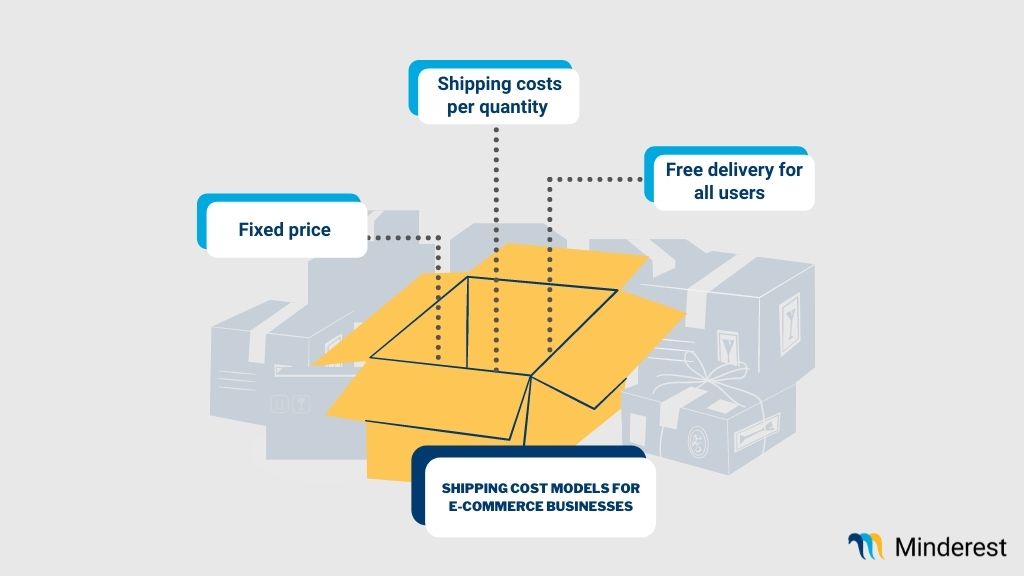

An e-commerce site’s shipping costs tend to affect the consumer’s final purchase decision, especially if they are high. These additional charges can result in abandoned baskets and impact the user buying experience. On the other hand, offsetting shipping fees with higher selling prices can also damage the brand’s image. How can we find a balance between reasonable shipping costs and competitive prices? Below we will cover the main shipping cost models and their advantages and disadvantages, to assess which is the best fit for your pricing strategy.
The first step is to carry out a detailed study of the costs, profits and margins of each product and service in your catalogue, and the number of items the company dispatches nationally and internationally.
Shipping cost models for e-commerce businesses
1. Fixed price
Some e-commerce businesses choose to set a fixed price for all orders, which ensures that the bulk of the shipping costs do not fall on the company, but are shouldered by users. This allows businesses to maintain reasonable selling prices in line with the market. Given the need to apply retail price changes to adapt to the market, you can maintain delivery costs, avoiding nasty surprises for consumers at checkout.
2. Shipping costs per quantity
One of the most popular shipping models currently involves shipping fees that may be reduced or even waived completely as the value of items in the basket increases. The increase in profits allows e-commerce businesses to shoulder shipping costs, to create a more pleasurable purchase experience for consumers. In this context, you should analyse all your products to ensure that they are not making losses, and then assess whether to introduce a slight increase in line with the market.
3. Free delivery for all users
This last model is the one that can most impact brands’ and retailers’ online selling prices. Generally, the stores that use this model most sell high-priced premium or luxury goods. Therefore, despite the company taking on the shipping costs, losses do not occur. These also tend to be brands with greater user engagement, whose products are assumed to be high-quality. For other brand types, offering free shipping can result in increased retail prices to the public. You should assess the pros and cons of this price increase and whether your new prices are competitive, before rushing to raise prices. You can carry out A/B testing within your pricing strategy to determine how consumers will react.

Analyse your competitor’s pricing strategy
In this initial analysis and design phase, it is also beneficial to monitor your competitors’ retail prices and shipping fees for each group of items, to improve your pricing strategy. This will allow you to adapt to the market and know the fees they are willing to pay to receive home delivery of orders.
The most advanced price monitoring tools will help you obtain information about shipping fees applied to each postcode for the country concerned. This is a key aspect of optimal decision-making, improving the user purchase experience, and reducing the abandoned basket rate every day.
Find out how Minderest can take your business to the next level.
Contact our pricing experts to see the platform in action.
Related Articles

AI Agents and Holiday Season: How to Adapt Your Pricing Strategy
Holiday season planning used to revolve around creative campaigns, emotional storytelling, and optimizing the user experience. However, a silent revolution is changing the rules of the game. The rise...
How Surveillance Pricing Works and Its Applications for Your Business
The term "Surveillance Pricing" might conjure images of corporate espionage and price manipulation. However, this initial perception hides one of the most sophisticated and powerful strategies in...